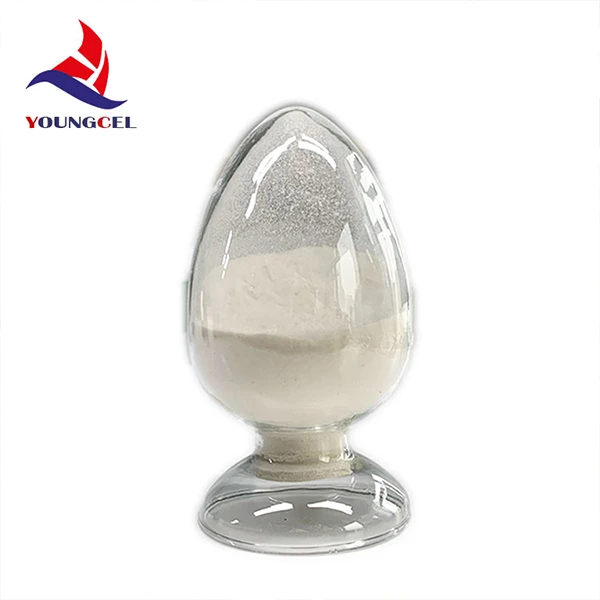The Role of Cellulose Manufacturers in Sustainable Industry
Cellulose, a complex carbohydrate that is the primary component of plant cell walls, is one of the most abundant organic polymers on Earth. Its unique properties make it an invaluable resource in various industries, including pharmaceuticals, food, textiles, and construction. As concerns about sustainability and environmental impact grow, the role of cellulose manufacturers becomes increasingly significant in promoting eco-friendly practices.
Understanding Cellulose Production
Cellulose manufacturers focus on the extraction and purification of cellulose from natural sources such as trees, cotton, and agricultural residues. The production process generally involves several stages, including harvesting raw materials, chemical treatment to break down lignin and hemicellulose, and purification to isolate cellulose fibers. The final product can be processed into various forms, including microcrystalline cellulose (MCC), regenerated cellulose (like viscose and lyocell), and cellulose derivatives, which have diverse applications.
Applications of Cellulose
1. Pharmaceuticals In the pharmaceutical industry, cellulose plays a critical role as an excipient in drug formulation. Microcrystalline cellulose is widely used as a binder, filler, and disintegrant in tablets and capsules, ensuring consistent dosages and stability. Additionally, cellulose derivatives such as hydroxypropyl methylcellulose (HPMC) are used as thickening agents and film-forming agents in drug delivery systems.
2. Food Industry Cellulose serves as a crucial ingredient in the food sector, acting as a thickening agent, stabilizer, and calorie-free bulking agent. It is often found in low-fat and gluten-free products, helping to improve texture and mouthfeel. The health benefits of cellulose, particularly in the form of dietary fiber, are also well-documented, promoting digestive health and aiding in weight management.
cellulose manufacturers

3. Textiles In the textile industry, cellulose is transformed into fibers, primarily through processes involving regeneration. Viscose, for instance, is derived from cellulose and is used to make fabrics that resemble silk or cotton. Sustainable practices in cellulose textile production have gained traction, with manufacturers increasingly adopting closed-loop systems that minimize waste and reduce water consumption.
4. Construction Cellulose-based materials, such as cellulose insulation, are gaining popularity in the construction sector due to their excellent thermal and acoustic properties. Made from recycled paper products, cellulose insulation is an eco-friendly alternative to traditional insulation materials, offering energy efficiency and contributing to reducing a building’s carbon footprint.
Sustainable Practices in Cellulose Manufacturing
As the demand for cellulose continues to rise, the focus on sustainable manufacturing processes is paramount. Cellulose manufacturers are increasingly exploring sourcing raw materials from sustainably managed forests and agricultural practices. Certifications such as the Forest Stewardship Council (FSC) ensure that cellulose is obtained in an environmentally responsible manner, preserving biodiversity and promoting reforestation.
Moreover, advancements in technology are making cellulose production more efficient and less environmentally taxing. Innovations in enzymatic treatments and water-saving processes contribute to lower energy consumption and reduced chemical usage, further enhancing the sustainability of cellulose manufacturing.
Conclusion
The cellulose manufacturing industry plays a crucial role in promoting sustainable practices across various sectors. From pharmaceuticals to food, textiles, and construction, the potential applications of cellulose are vast and varied. As environmental concerns mount, cellulose manufacturers must continue to innovate and adopt sustainable practices that not only benefit their operations but also contribute positively to the planet. By prioritizing eco-friendly solutions, the cellulose industry can lead the way towards a more sustainable future, capitalizing on the natural abundance of this invaluable resource.
-
Premium Detergent Grade HPMC Hydroxypropyl Methylcellulose ThickenerNewsSep.01,2025
-
Premium Detergent Grade HPMC Hydroxypropyl Methylcellulose: Superior Thickening & StabilityNewsAug.31,2025
-
HEC 100000 Hydroxyethylcellulose for Paint | Superior ThickeningNewsAug.30,2025
-
Wall Putty Rdp Powder Packaging DesignNewsAug.29,2025
-
Introduction to Hpmc Hydroxypropyl Methyl CellulosNewsAug.29,2025
-
Hpmc Industri Grade IntegrationNewsAug.29,2025




